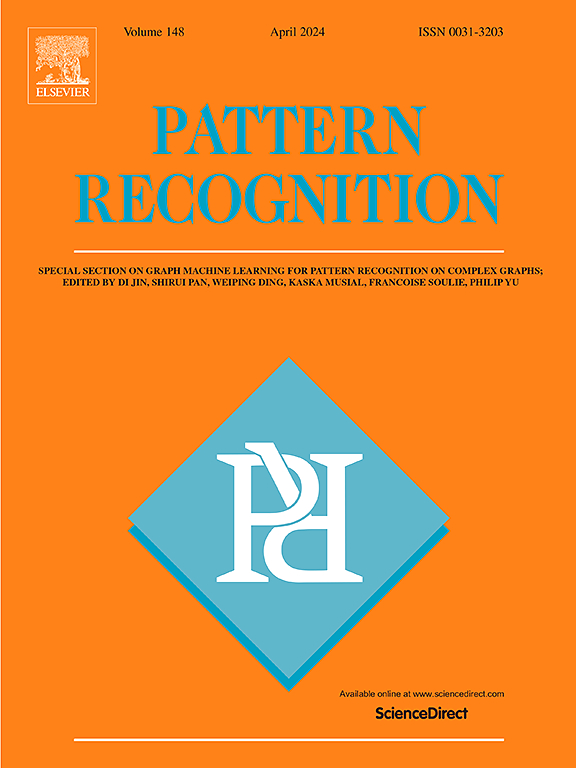3D microvascular reconstruction in retinal OCT angiography images via domain-adaptive learning
IF 7.5
1区 计算机科学
Q1 COMPUTER SCIENCE, ARTIFICIAL INTELLIGENCE
引用次数: 0
Abstract
Optical Coherence Tomography Angiography (OCTA) is a non-invasive imaging technique that enables the acquisition of 3D depth-resolved information with micrometer resolution, facilitating the diagnosis of various eye-related diseases. In OCTA-based image analysis, 2D en face projected images are commonly used for quantifying microvascular changes, while the 3D images with rich depth information remains largely unexplored. This is mainly due to that direct 3D vessel reconstruction faces several challenges, including projection artifacts, complex vessel topology, and high computational cost. These limitations hinder comprehensive microvascular analysis and may obscure potentially vital 3D vessel biomarkers. In this study, we propose a novel method for 3D reconstruction of retinal microvasculature using 2D en face images. Our approach capitalizes on a elaborately generated 2D OCTA depth map for vessel reconstruction, thus eliminating the need for unavailable 3D volumetric data in certain retinal imaging devices. More specifically, we first build a structure-guided depth prediction network which incorporates a domain adaptation module to evaluate the depth maps obtained from different OCTA imaging devices. A point-cloud-to-surface reconstruction method is then utilized to reconstruct the corresponding 3D retinal vessels, based on the predicted depth maps and 2D vascular information. Experimental results demonstrate the superior performance of our method in comparison to existing state-of-the-art techniques. Furthermore, we extract 3D vessel-related features to assess disease correlation and classification, effectively evaluating the potential of our method for guiding subsequent clinical analysis. The results show promise of exploring 3D microvascular analysis for early diagnosis of various eye-related diseases.
求助全文
约1分钟内获得全文
求助全文
来源期刊

Pattern Recognition
工程技术-工程:电子与电气
CiteScore
14.40
自引率
16.20%
发文量
683
审稿时长
5.6 months
期刊介绍:
The field of Pattern Recognition is both mature and rapidly evolving, playing a crucial role in various related fields such as computer vision, image processing, text analysis, and neural networks. It closely intersects with machine learning and is being applied in emerging areas like biometrics, bioinformatics, multimedia data analysis, and data science. The journal Pattern Recognition, established half a century ago during the early days of computer science, has since grown significantly in scope and influence.
 求助内容:
求助内容: 应助结果提醒方式:
应助结果提醒方式:


